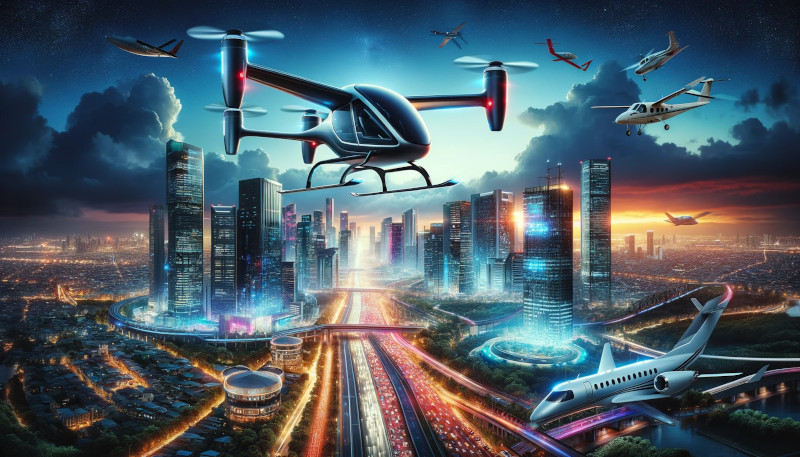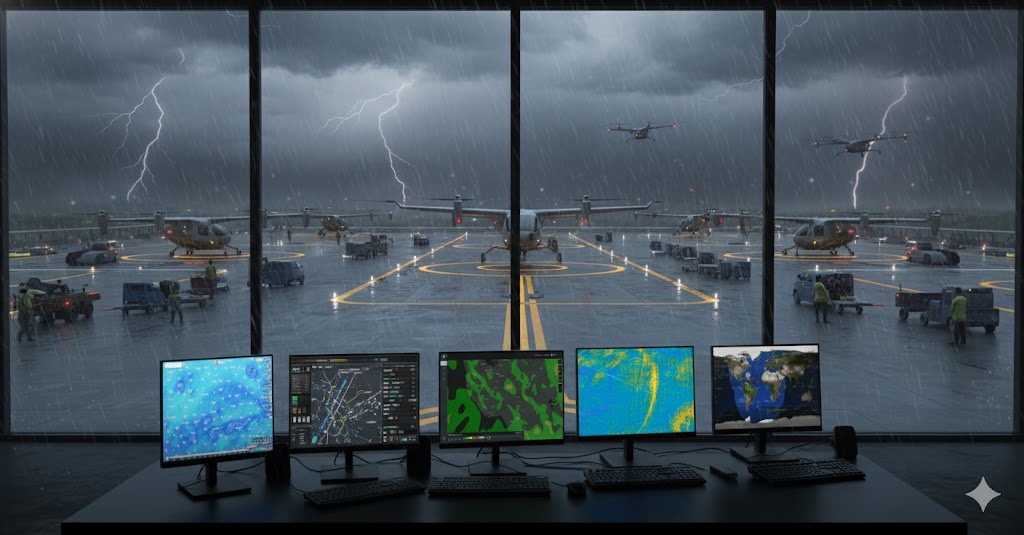The eVTOL Revolution: Disrupting Aviation from Helicopters to Light Jets
The aviation industry is on the brink of a transformative era with the advent of electric vertical takeoff and landing (eVTOL) vehicles—these innovative aircraft promise to revolutionize urban mobility and potentially reshape several segments of the aviation market. As eVTOLs prepare for commercial deployment, questions arise about their impact on existing aircraft categories, especially those with overlapping use cases, raising the question of the potential effects of eVTOLs on different aircraft types and the broader implications for the aviation industry.
eVTOLs are most akin to helicopters, sharing the unique capability of vertical takeoff and landing. This technological association places helicopters in direct competition with eVTOLs. Popular models like the Bell 206, a staple in corporate and utility sectors, and the Robinson R44, a favored choice for private and commercial operations, could see a shift in their market dynamics. The Airbus H125, renowned for its high-altitude performance, is another candidate facing potential competition from eVTOLs.
The appeal of eVTOLs lies in their promise of quieter, more efficient operations and potentially lower costs. For missions traditionally fulfilled by helicopters, such as urban air mobility and short-haul trips, eVTOLs could emerge as attractive alternatives, offering noise reduction and environmental sustainability advancements.
Helicopters:
- Bell 206: A light, single-engine helicopter widely used for corporate and utility purposes.
- Robinson R44: A popular four-seat light helicopter used in various roles, including private and commercial operations.
- Airbus H125: Known for its high altitude and heavy lift capabilities, it is commonly used in law enforcement, emergency services, and tourism.
eVTOL
- Joby Aviation's eVTOL: Designed for quiet, efficient, and fast transport, Joby's eVTOL could serve many of the same purposes as traditional helicopters, including corporate and utility missions.
- Volocopter VoloCity: Aimed at urban air mobility, the VoloCity's design is particularly suited for missions similar to those of light helicopters like the Robinson R44.
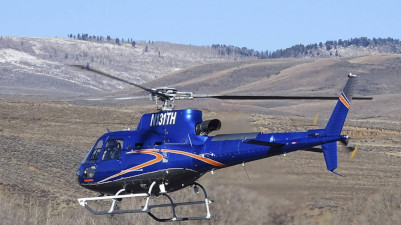 Airbus H125 Airbus H125 |
 Joby Aviation's eVTOL Joby Aviation's eVTOL |
| Aircraft | Type | Use Case | Seating Capacity | Engine Type | Range (miles) |
|
Bell 206 |
Helicopter |
Corporate/Utility |
4-7 |
Single-Engine |
374 |
|
Robinson R44 |
Helicopter |
Private/Commercial |
1+3 |
Single-Engine |
350 |
|
Airbus H125 |
Helicopter |
Law Enforcement/Emergency/Tourism |
1+6 |
Single-Engine |
345 |
|
Joby Aviation's eVTOL |
eVTOL |
Corporate/Utility |
1+4 |
Electric |
150 |
|
VolocopterVoloCity |
eVTOL |
Urban Air Mobility |
2 |
Electric |
22 |
Short-haul regional travel, an arena dominated by aircraft like the Beechcraft King Air series and the Cessna Caravan, could also feel the ripple effects of the emergence of eVTOL. These aircraft, often used for routes unsuitable for commercial jets but too long for ground transport, might face stiff competition from eVTOLs. The Pilatus PC-12, another player in this segment known for its multipurpose utility, could also experience market shifts. eVTOLs, with their efficient operation and potential for point-to-point travel in urban and regional settings, pose a significant challenge to these short-haul workhorses.
Short-Haul Commuter Aircraft:
- Beechcraft King Air series: A line of twin-turboprop aircraft famous for short-haul regional air travel.
- Cessna Caravan: A single-engine turboprop often used for short-haul cargo and passenger services.
- Pilatus PC-12: A single-engine turboprop aircraft popular for its versatility and reliability in various roles, including regional transport.
eVTOL
- Lilium Jet: With its jet-like speed and vertical takeoff capability, the Lilium Jet could be a good fit for short-haul regional air travel, competing with aircraft like the Beechcraft King Air series.
- Eve Urban Air Mobility Solution: A subsidiary of Embraer, Eve's eVTOL concept focuses on efficient and sustainable regional connectivity, making it a potential alternative to the Cessna Caravan and Pilatus PC-12.
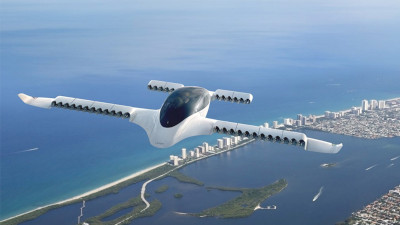 Lilium Jet Lilium Jet |
 Pilatus PC-12 Pilatus PC-12 |
|
Aircraft |
Type |
Use Case |
Seating Capacity |
Engine Type |
Range (miles) |
|---|---|---|---|---|---|
|
Beechcraft King Air series |
Short-Haul Commuter Aircraft |
Regional Air Travel |
7-11 |
Twin-Turboprop |
1500-2000 |
|
Cessna Caravan |
Short-Haul Commuter Aircraft |
Cargo/Passenger Services |
10-14 |
Single-Engine Turboprop |
1000 |
|
Pilatus PC-12 |
Short-Haul Commuter Aircraft |
Regional Transport |
Up to 9 |
Single-Engine Turboprop |
1800 |
|
Lilium Jet |
eVTOL |
Urban/Regional Air Travel |
6 |
Electric |
155 |
|
Eve Urban Air Mobility Solution |
eVTOL |
Urban/Regional Connectivity |
4-6 |
Electric |
60 |
LSAs and VLJs:
The impact of eVTOLs on LSAs and VLJs might be less pronounced but still noteworthy. Aircraft like the Cirrus SR22 and the Diamond DA40, mainstays in personal aviation and training, might not directly compete with eVTOLs but could see a shift in the recreational and entry-level aviation market. Similarly, VLJs such as the Embraer Phenom 100, used for short to medium-range business travel, might experience indirect effects, as eVTOLs offer alternative solutions for quick urban trips.
Light Sport Aircraft (LSA) and Very Light Jets (VLJ):
- Cirrus SR22: A single-engine piston aircraft prevalent in the personal aviation and training sectors.
- Diamond DA40: Another popular single-engine aircraft used for flight training and personal travel.
- Embraer Phenom 100: A light jet is known for its luxury and efficiency in short to medium-range business travel.
eVTOL
- Pipistrel 801: Known for their expertise in light aircraft, Pipistrel's eVTOL design could appeal to the LSA market, offering an innovative alternative for personal aviation and training purposes.
- Wisk Aero's eVTOL: Developed in a joint venture between Boeing and Kitty Hawk, Wisk's eVTOL could cater to the luxury and efficiency needs of the VLJ market segment, similar to the Embraer Phenom 100.
- Archer Aviation's Maker: Focusing on urban air mobility, Archer's Maker could offer a compelling alternative for short to medium-range business travel, typically covered by VLJs.
- Wisk Aero's eVTOL: Developed in a joint venture between Boeing and Kitty Hawk, Wisk's eVTOL could cater to the luxury and efficiency needs of the VLJ market segment, similar to the Embraer Phenom 100.
- Archer Aviation's Maker: Focusing on urban air mobility, Archer's Maker could offer a compelling alternative for short to medium-range business travel, typically covered by VLJs.
 Embraer Phenom 100 Embraer Phenom 100 |
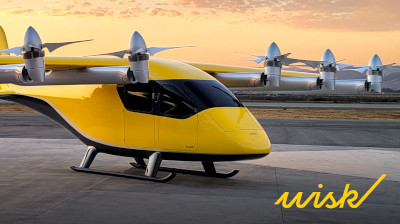 Wisk Aero's eVTOL Wisk Aero's eVTOL |
|
Aircraft |
Type |
Use Case |
Seating Capacity |
Engine Type |
Range (miles) |
|---|---|---|---|---|---|
|
Cirrus SR22 |
LSA |
Personal Aviation/Training |
4-5 |
Single-Engine Piston |
1,049 |
|
Diamond DA40 |
LSA |
Flight Training/Personal Travel |
4 |
Single-Engine Piston |
720 |
|
Embraer Phenom 100 |
VLJ |
Short to Medium-Range Business Travel |
4-7 |
Twin Jet |
1,178 |
|
Pipistrel 801 |
eVTOL |
Personal Aviation/Training |
2-4 (Est.) |
Electric |
155 (Est.) |
|
Wisk Aero's eVTOL |
eVTOL |
Luxury and Efficiency |
2 (Est.) |
Electric |
25 (Est.) |
|
Archer Aviation's |
eVTOL |
Urban Air Mobility |
4 (Est.) |
Electric |
60 (Est.) |
Aircraft designed or adapted for urban air mobility are in the direct line of fire of eVTOL innovation. Models like the Tecnam P2012 Traveller and the Cessna 208B Grand Caravan, which have been eyeing the urban mobility space, could compete with eVTOLs designed explicitly for this purpose. The Piper PA-31 Navajo, often used for small-scale passenger and cargo transport in urban areas, is another example of an aircraft that might need to recalibrate its market position in light of eVTOL advancements.
Urban Air Mobility-Focused Aircraft:
- Tecnam P2012 Traveller: Designed for short-haul regional airline operations.
- Cessna 208B Grand Caravan: Used by some operators for short-haul, regional, and charter flights.
- Piper PA-31 Navajo: A light twin-engine aircraft often used for small-scale passenger and cargo transport.
eVTOL
- EHang 216: This two-passenger autonomous aerial vehicle is explicitly designed for urban air mobility, making it a direct competitor to urban-focused aircraft like the Tecnam P2012 Traveller and Cessna 208B Grand Caravan.
- Vertical Aerospace's VA-X4: With its capacity to carry up to four passengers and a pilot, the VA-X4 is well-suited for urban and regional air mobility, offering a modern alternative to aircraft like the Piper PA-31 Navajo.
-
 Tecnam P2012 Traveller Tecnam P2012 Traveller |
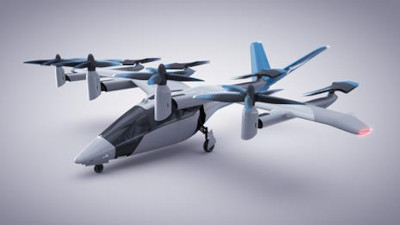 Vertical Aerospace's VA-X4 Vertical Aerospace's VA-X4 |
|
Aircraft |
Type |
Use Case |
Seating Capacity |
Engine Type |
Range (miles) |
|---|---|---|---|---|---|
|
Tecnam P2012 Traveller |
Urban Air Mobility-Focused Aircraft |
Short-Haul Regional Airline |
9-11 |
Twin-Engine |
1200 |
|
Cessna 208B Grand Caravan |
Urban Air Mobility-Focused Aircraft |
Short-Haul/Regional/Charter |
14 |
Single-Engine Turboprop |
1086 |
|
Piper PA-31 Navajo |
Urban Air Mobility-Focused Aircraft |
Small-Scale Passenger/Cargo Transport |
7-9 |
Light Twin-Engine |
1000 |
|
EHang 216 |
eVTOL |
Urban Air Mobility |
2 |
Electric |
22 |
|
Vertical Aerospace's VA-X4 |
eVTOL |
Urban/Regional Air Mobility |
4-5 |
Electric |
100 |
The most critical aspect to consider in the eVTOL revolution is the current limitation in range compared to conventional aircraft. While eVTOLs bring numerous benefits, such as reduced noise pollution and operational efficiency, their range is significantly shorter than that of helicopters and fixed-wing aircraft, primarily due to the current limitations of battery technology. This restricted range poses challenges for longer-distance travel and impacts their versatility. However, it's important to recognize the rapid advancements in battery technology and charging systems, which are expected to enhance the range and operational feasibility of eVTOLs in the near future. Continuous improvements in energy density and charging infrastructure are pivotal in bridging this gap, making eVTOLs more competitive with traditional aircraft for a broader range of missions. As these technologies evolve, we can anticipate eVTOLs becoming increasingly viable for longer distances, thus expanding their application scope and market reach."
The potential market shifts due to eVTOLs while it will present competition to existing aircraft types, eVTOLs also herald new opportunities, they promise to open the skies to a broader demographic, offering an accessible and sustainable urban and regional travel option.
